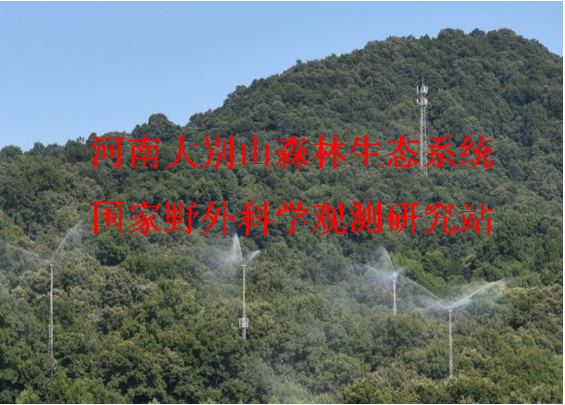Author: Li, G., H. Han, Y. Du, D. Hui, J. Xia, S. Niu, X. Li, and S. Wan
Journal: Agricultural and Forest Meteorology
Year: 2017
Volume: 232:359-366
Abstract
The balance between ecosystem carbon dioxide (CO2) uptake and release determines the level of carbon (C) sequestration in terrestrial ecosystems and its potential impact on CO2 concentration in the atmosphere. However, how changes in temperature and precipitation will affect the relationships of net ecosystem productivity (NEP) with gross primary productivity (GPP) and ecosystem respiration (ER) remains unclear. In this study, a nine-year field manipulative experiment was conducted with elevated temperature and increased precipitation in a semiarid steppe of Inner Mongolia, China. Experimental warming reduced GPP and ER by almost the same amount, leading to a slight change in NEP (−0.16 μmol m−2 s−1), whereas increased precipitation stimulated GPP more than ER during the growing seasons, resulting in an enhanced NEP (+0.63 μmol m−2 s−1). In addition, seasonal patterns of ecosystem C fluxes and the NEP-GPP or NEP-ER relationships were not altered by experimental warming. However, increased precipitation delayed the peak of GPP during the growing seasons and enhanced the correlation between NEP and GPP in the steppe ecosystem. The enhanced control of GPP over NEP under the increased precipitation suggests that ecosystem C sequestration is attributed more to C uptake than C release when water availability is improved in the semiarid grassland. Our findings provide an insight into the response mechanism of ecosystem C flux to warming and precipitation change in semiarid grasslands, and facilitate the projection of terrestrial ecosystem C dynamics and climate feedbacks in the future.
Link

